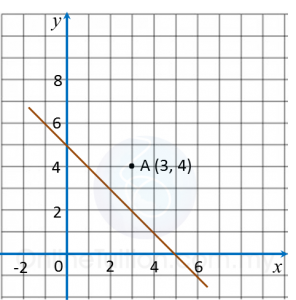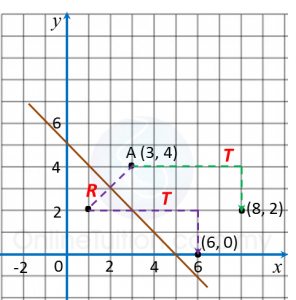4.6 Identity Matrix
1. Identity matrix is a square matrix, usually denoted by the letter I and is also known as unit matrix.
2. All the diagonal elements (from top left to bottom right) of an identity matrix are 1 and the rest of the elements are 0.
For example,
3. If I is the identity matrix of order n × n and A is a matrix of the same order, then IA = A and AI = A.
Example 1:
Determine whether each of the following is an identity matrix of
Solution:
Example 2:
Find the product of the following pairs of matrices and determine whether the given matrix is an identity matrix.
Solution:












